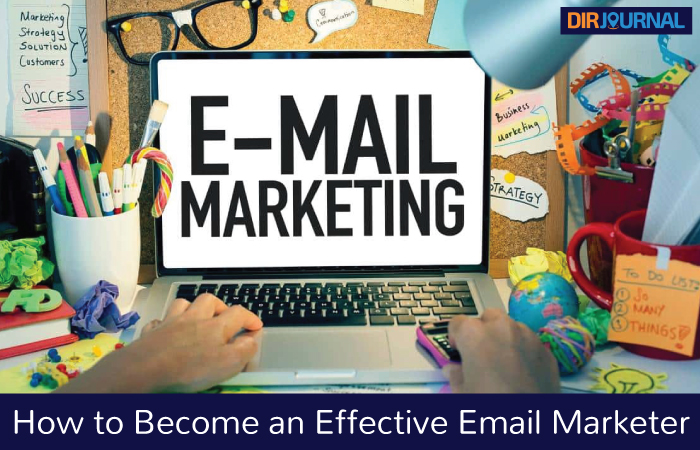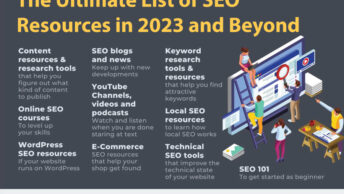Email marketing is one of the most effective means of increasing brand awareness and visibility. It is also a technique/strategy that works for the small business, as well as the big business. It provides business owners with an affordable way of reaching out to customers and keeping in touch with them, aware of their needs, and knowledgeable about their preferences.
That said, effective email marketing involves more than simply drafting a couple of emails and sending them to clients.
So, let’s see if we can fine tune our email marketing skills a bit. If you consider yourself an expert, this is an opportunity for a bit of a refresher course, and a mini one at that. If you are a newbie, this is your chance to get your feet wet and start to learn some important aspects for the successful (and effective) email marketer. Here are a few of those tips to get you going in ensuring that you know how to boost your email marketing skill set.
Write a Compelling Subject Line
When drafting emails, be aware and keen to the risk of being flagged as spam. There is no standard for writing a compelling email subject line. However, consider balancing the impact of the subject line with the long-term value of your client email list. Also, try to keep the subject line, including punctuation and spaces, below 50 characters.
Email subjects with more than 50 characters risk being cropped by email clients. If possible, consider having an email subject with 20 to 30 characters. Some good ideas for an email subject include news, trending topics, tips, solutions to problems, or a compelling offer that your clients cannot resist.
Draft an Interesting Message
Write for your audience while keeping in mind their needs and preferences. Follow the AIDA guideline when creating messages for your clients. AIDA is an acronym that stands for attention, interest, desire, and action.
- Attention: Create a compelling message that will get your clients to open then email. They won’t be able to help themselves and feel urged to check out your email.
- Interest: Have something interesting to read so that they will not delete the email right away. Now that you have enticed them to read it, ensure that it is worth reading and provides something that draws them in further, for more reading.
- Desire: Continue to motivate them to read. Get them past the introduction (and promised of what is to come) and help to ease them into the main body of the message. Remember, this isn’t a con. You want to ensure that you retain the trust of your clients and you need to ensure that you maintain credibility. In other words, the main body of the message needs to be worth reading.
- Action: Drive the reader to action. The action step can be as simple as clicking on a link to visit your web site. As you grow with practice and your skillfulness increases, your action steps will also become more creative and less obtrusive. This is a goal that is worth attaining.
Resist the temptation of launching into a sales message with your emails. Consider highlighting your products and services and their benefits in a rather neutral tone. Write about the problems that your clients face and how your products or services can solve these problems. Make sure the subject line and the body of the email are not pushy. It is more soothing to gain the trust of your clients and they will naturally turn to you when they need your services. Demonstrate how you are the subject matter expert that they need, but demonstrate it in a gentle (not pushy) manner.
Action
The main aim of email marketing is to get the clients to take some action. You do not need to attempt to sell your products or services directly through your emails. Getting your clients to click on a link that will direct them to your homepage is sufficient. The action does not necessarily have to involve a sale; it could be a simple reply or click.
The most important factors to consider in email marketing include creating a compelling subject line, making your call to action simple and easy to follow through, and tracking responses to understand how well you did (or did not do) so that you can improve your sill set.







